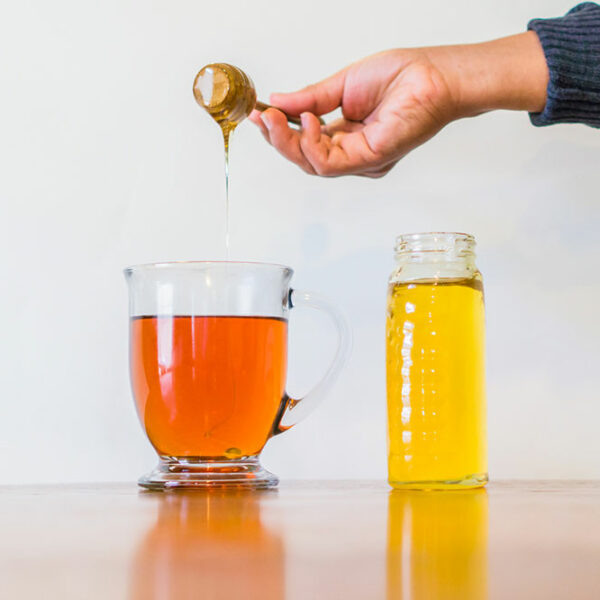
Foods that may lower the risk of osteoporosis
The body is continuously breaking and repairing the living tissues in our bones. As we turn older, the repair rate slows down, which can result in osteoporosis. This is a condition where bone density and quality reduce drastically. One of the ways to prevent or lower the risk of osteoporosis is by exercising and controlling the food choices. Given below is a list of foods that may reduce the risk of osteoporosis. Foods that help decrease the risk of osteoporosis Foods containing calcium An important nutrient to build bone strength is calcium. It also benefits heart functions, nerves, and decreases the risk of blood clotting. According to the USDA Food Composition Databases, dairy products such as yogurt, milk, and cottage cheese are rich sources of calcium. Other calcium-rich foods include dark green veggies like kale, collards, broccoli, turnip greens, canned salmon, sardines, nuts, and tofu. Protein and magnesium-rich foods While calcium builds strength, proteins help the bones gain the required levels of hardness. One should have a minimum of 15 grams of protein from every meal. Protein-rich foods include poultry, fish, eggs, beans, nuts, peanut or almond butter, and sunflower seeds. Another important mineral that should be added to meals is magnesium.









